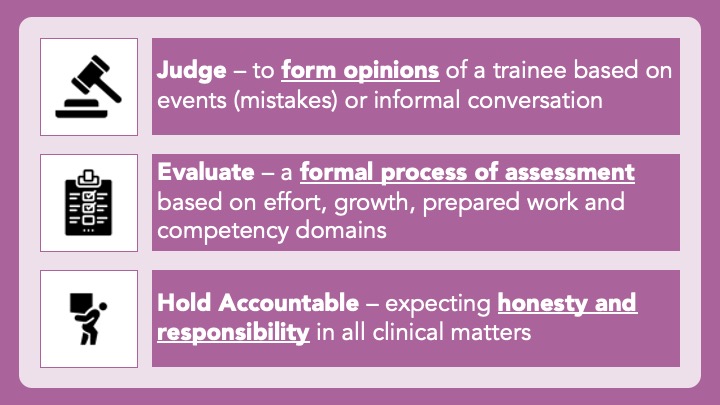
1/ Welcome back to #TweetorialTuesday with the #MedEdTwagTeam!
We are in our #EffectiveQuestions series.
Thanks for joining us, #MedTwitter, #MedEd, #Tweetatrician & #MedStudentTwitter Friends!
We are in our #EffectiveQuestions series.
Thanks for joining us, #MedTwitter, #MedEd, #Tweetatrician & #MedStudentTwitter Friends!

2/ Today we are touching on how to advance reasoning through inquiry. One of the best and most appropriate uses of questions in the clinical setting. 

3/ Back when this series started, I asked y’all how you use questions in clinical teaching.
Two long-time friends of the @MedEdTwagTeam, @LiangRhea & @GIMaPreceptor left answers that perfectly set up this thread.
Two long-time friends of the @MedEdTwagTeam, @LiangRhea & @GIMaPreceptor left answers that perfectly set up this thread.

4/ They both are using a framework for advancing reasoning (#BloomsTaxonomy and/or RIME framework).
I learned Bloom’s as a tool for curriculum development, but it works just as well as a tool for formulating questions.
I learned Bloom’s as a tool for curriculum development, but it works just as well as a tool for formulating questions.

5/ A recent paper in @MedTeachJournal on the topic of questions in the clinical environment also endorses this idea. It is a great article and very much worth your time.
pubmed.ncbi.nlm.nih.gov/32297833/
pubmed.ncbi.nlm.nih.gov/32297833/

7/ Here is the table they reference with example questions. I would tweak a few of these to make them less “right or wrong” based on principles from previous threads. Overall, it gets the idea across. 

8/ If you aren’t familiar with #BloomsTaxonomy, it is important that you become familiar.
Practice using it by writing learning objectives for small teaching you are planning, or by selecting verbs from the list for questions you will use in your clinical setting.
Practice using it by writing learning objectives for small teaching you are planning, or by selecting verbs from the list for questions you will use in your clinical setting.
9/ Another important idea that @LiangRhea brought up is that of Vygotsky’s Zone of Proximal Development (ZPD).
This is the idea that to advance a learner’s understanding, you want to be helping them to operate in the ZPD.
This is the idea that to advance a learner’s understanding, you want to be helping them to operate in the ZPD.

10/ In the center circle, learners can already do the thing (too easy, little to learn). In the outer circle, the task is too difficult (the juice isn’t worth the squeeze). The sweet spot is when a task is just out of their range, but they can do it with help. 

11/ Using the different categories of #BloomsTaxonomy, you can find where a learner starts to struggle. This is the ZPD for that learner for that specific topic/concept (H/T @GIMaPreceptor). Focusing your efforts there will advance their reasoning in the most efficient manner. 

12/ Thanks for joining us!
Please, join us again next week as we dive into prediction questions and how they “prime the pump” for enhanced learning.
To not miss out, make sure to follow: @MedEdTwagTeam, @JenniferSpicer4, and me @GStetsonMD.
Tweet you then.
Please, join us again next week as we dive into prediction questions and how they “prime the pump” for enhanced learning.
To not miss out, make sure to follow: @MedEdTwagTeam, @JenniferSpicer4, and me @GStetsonMD.
Tweet you then.

• • •
Missing some Tweet in this thread? You can try to
force a refresh



















